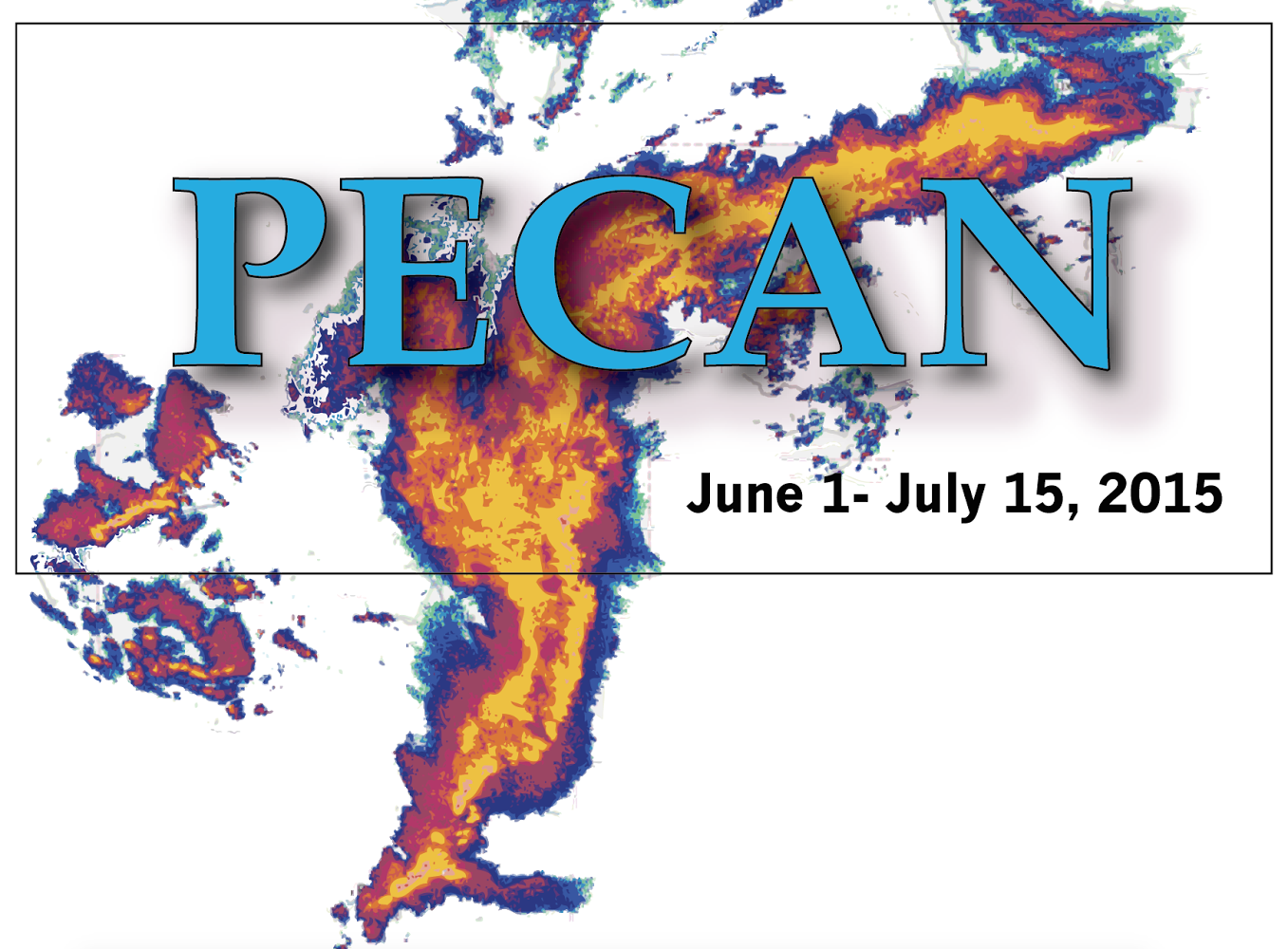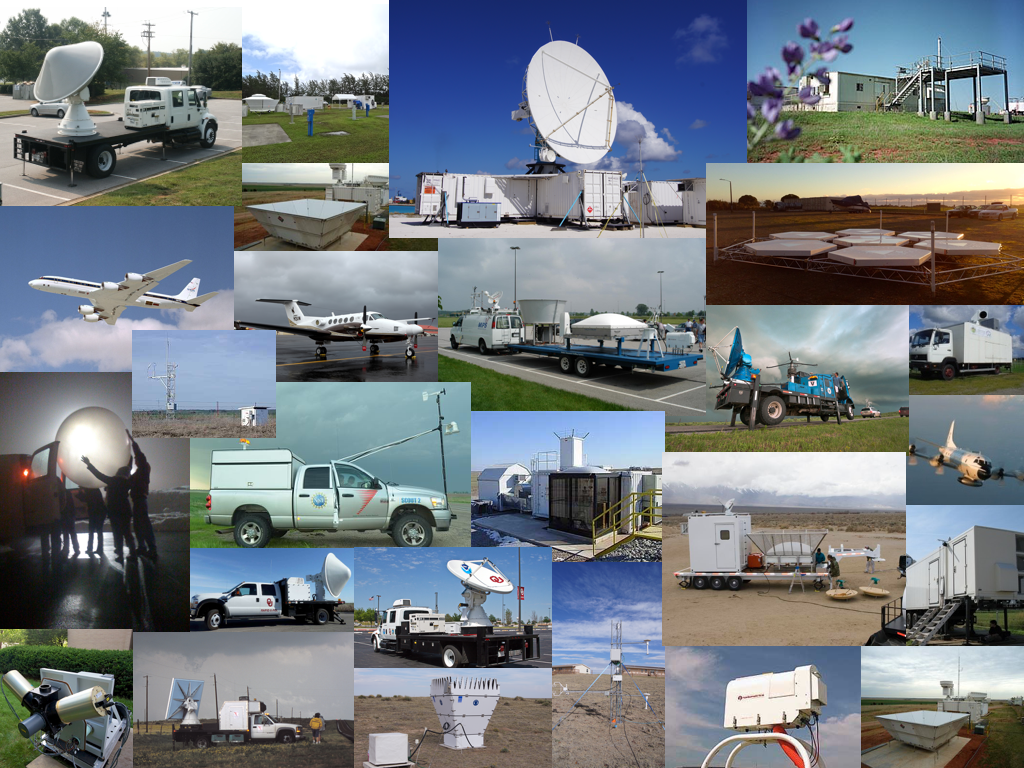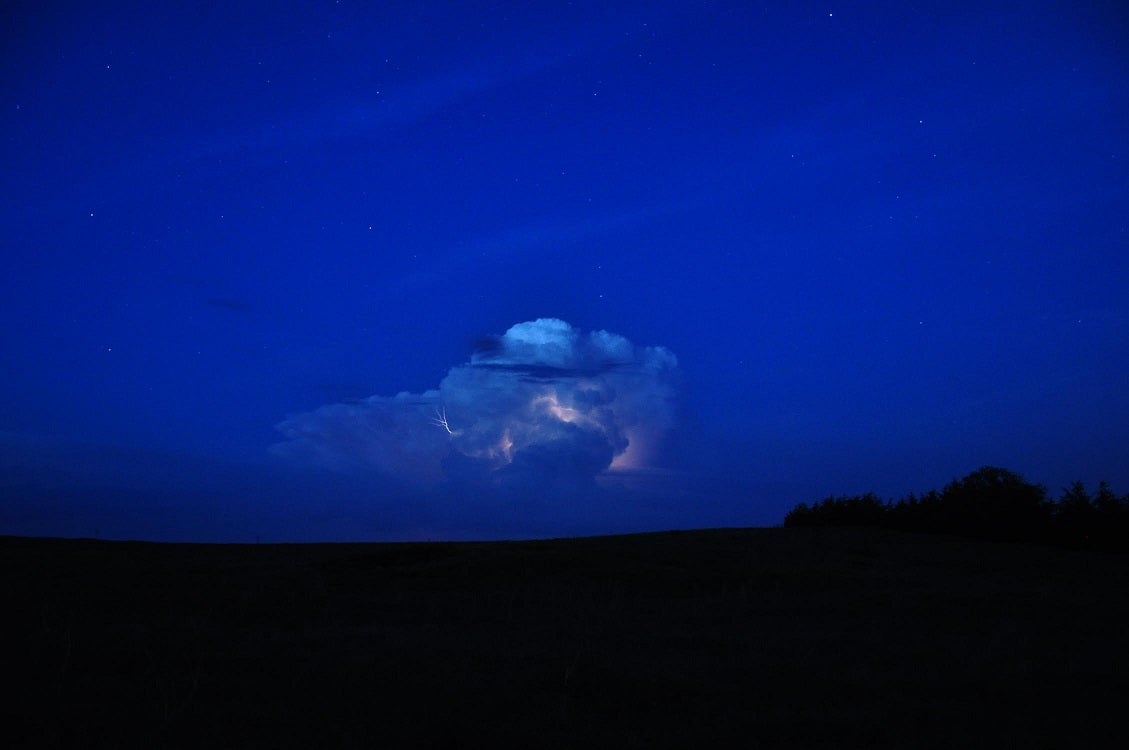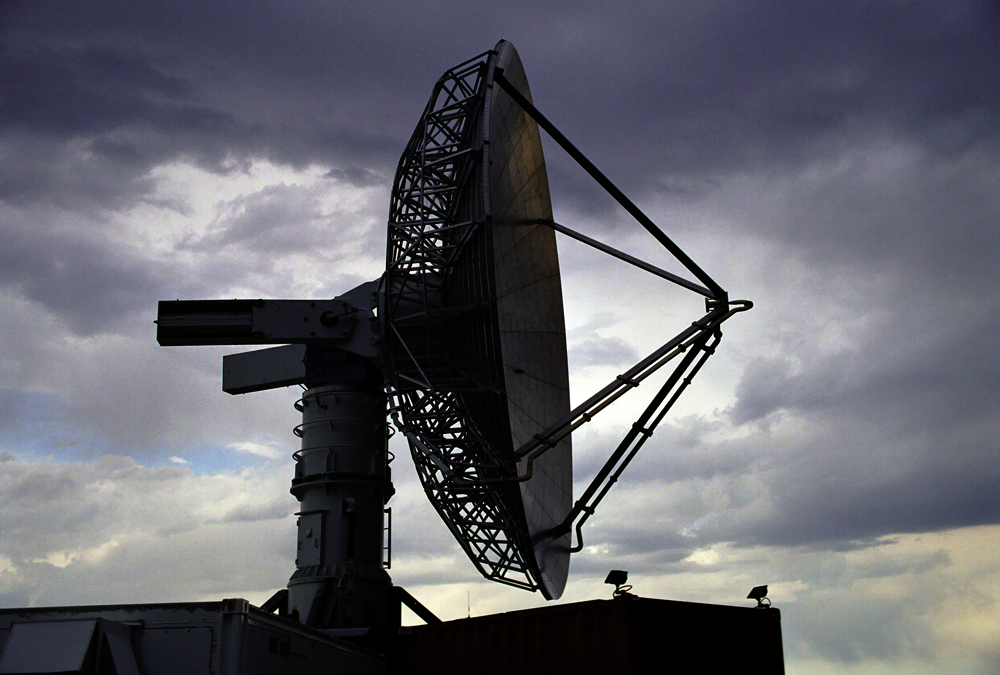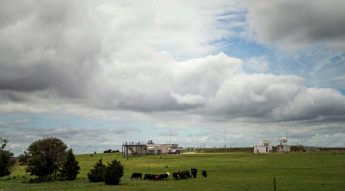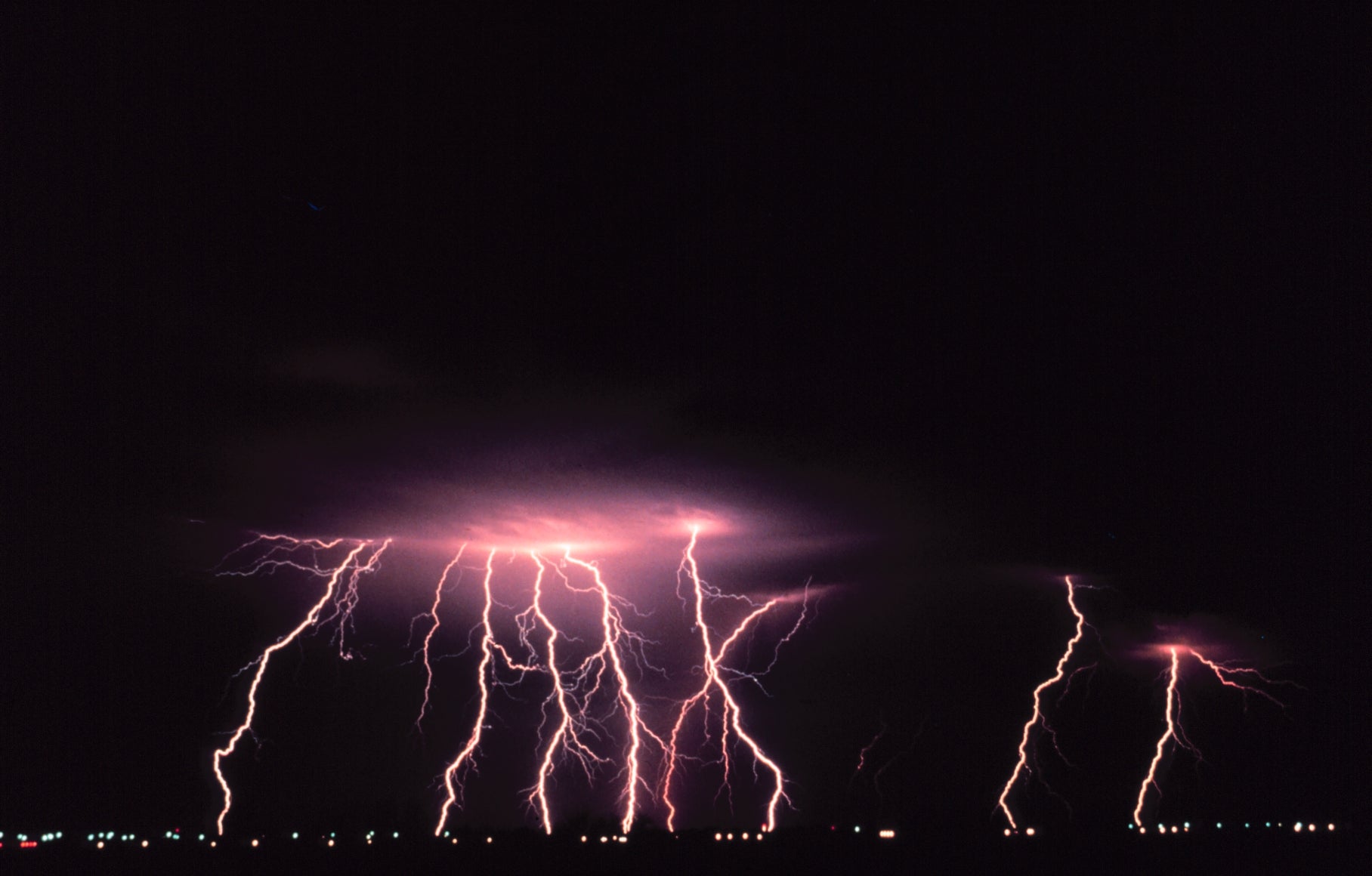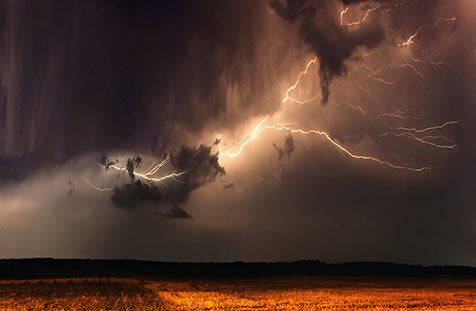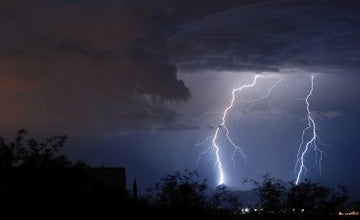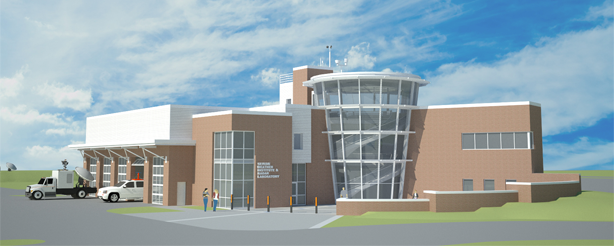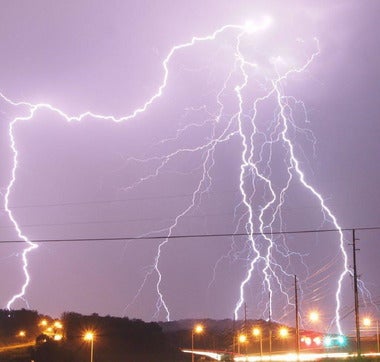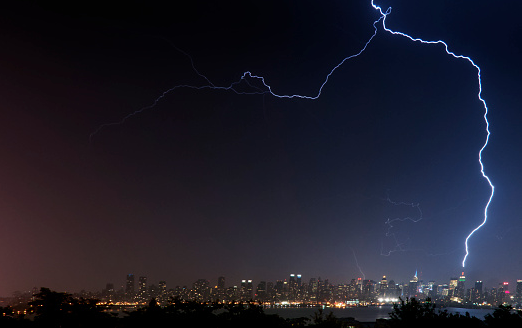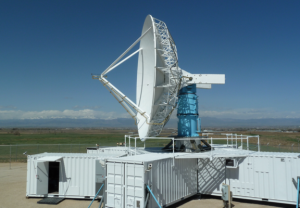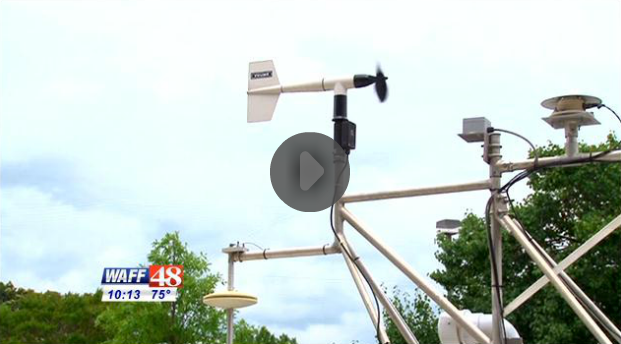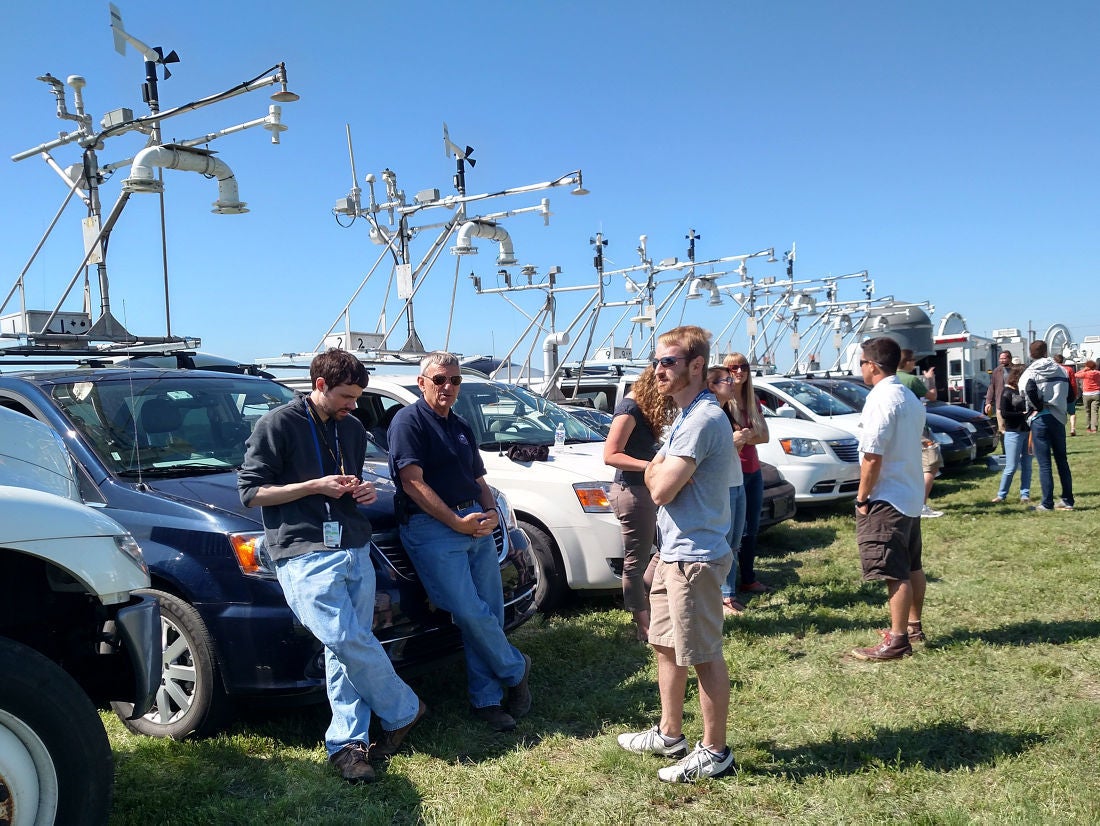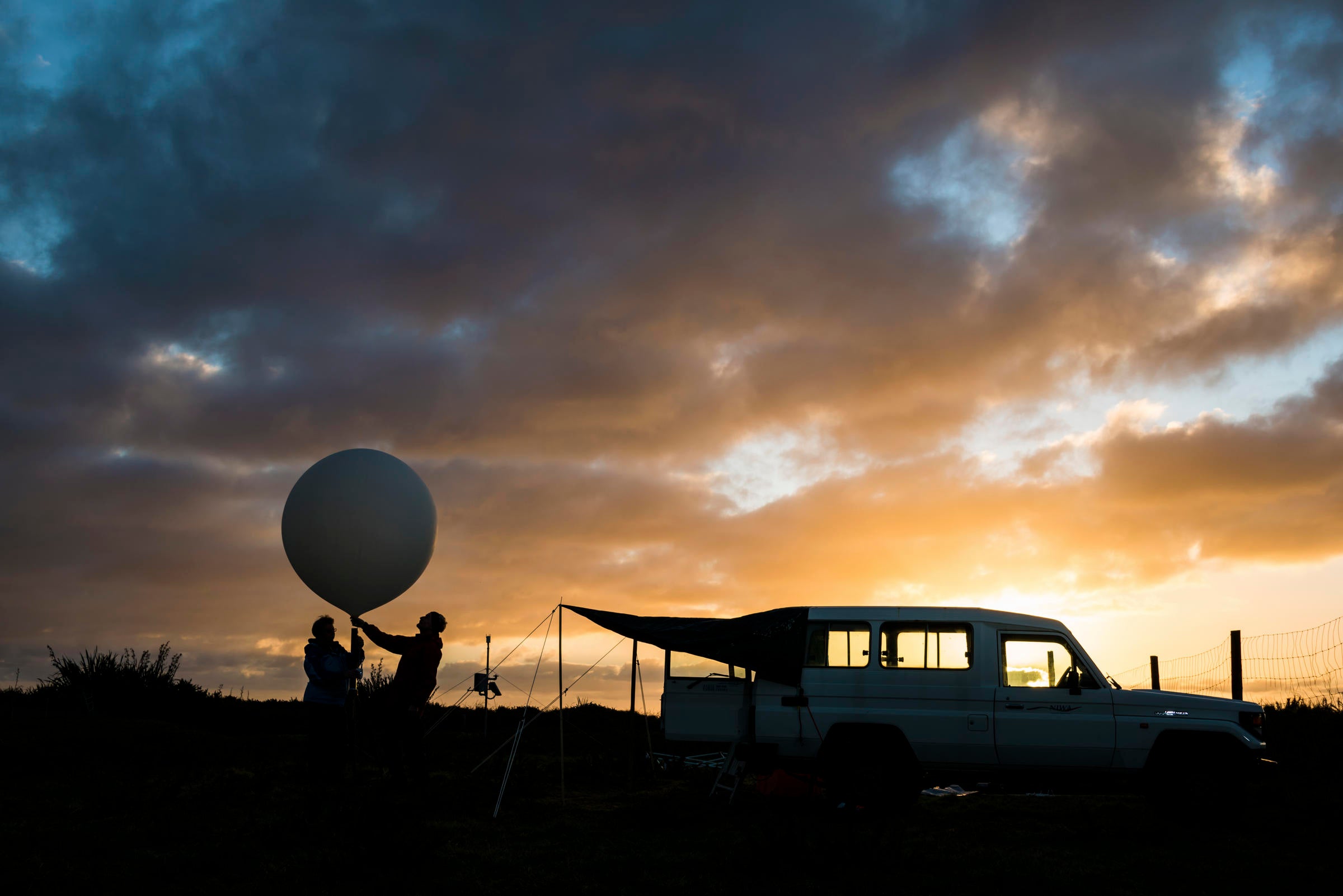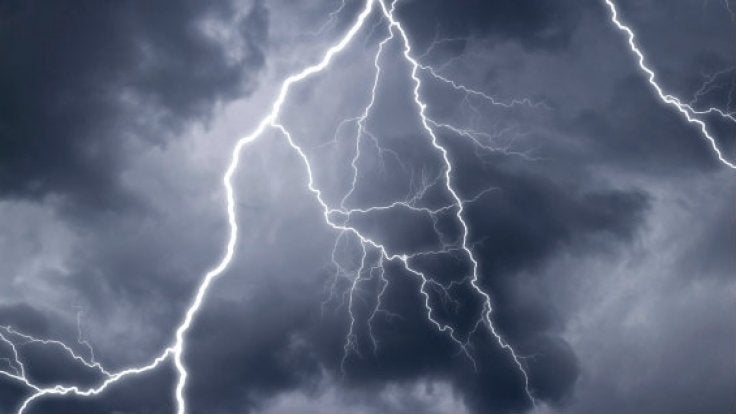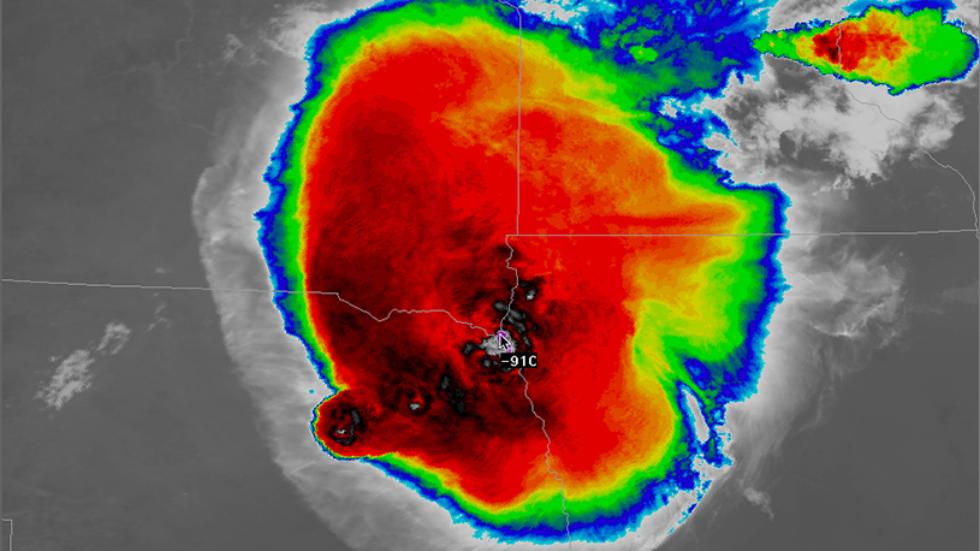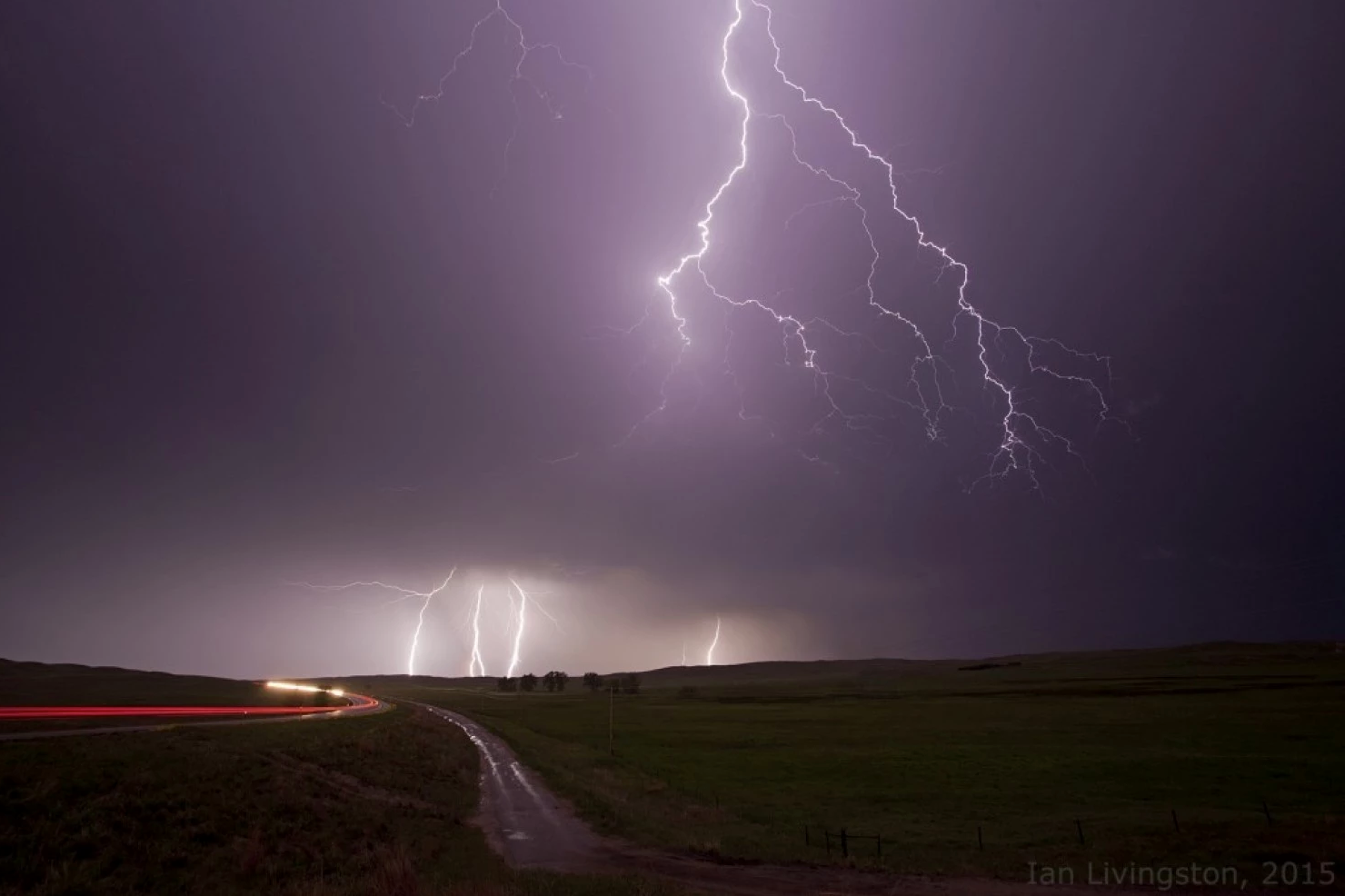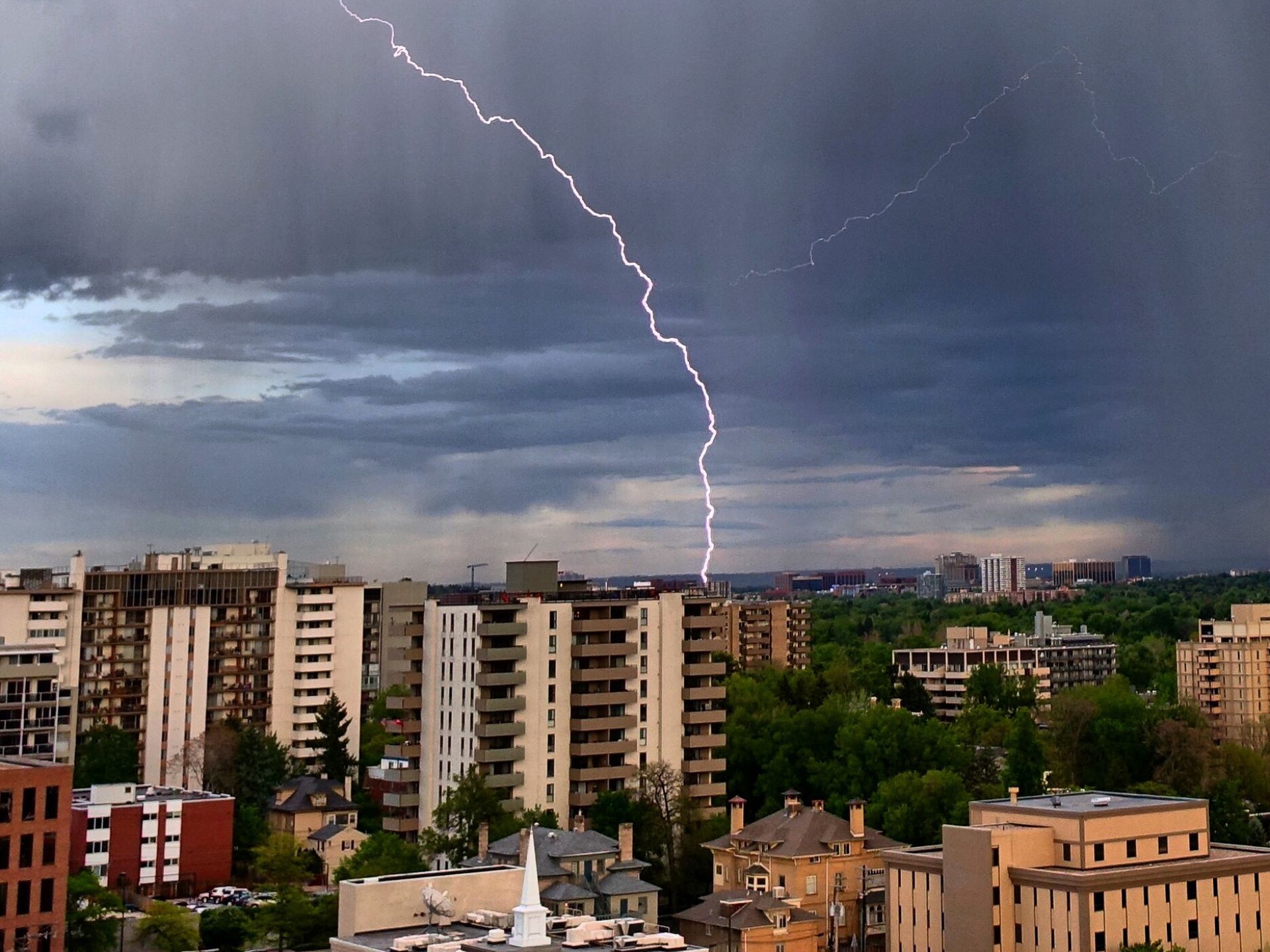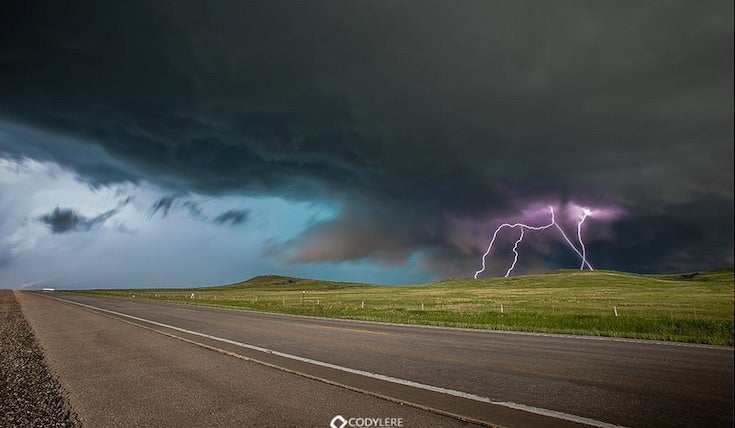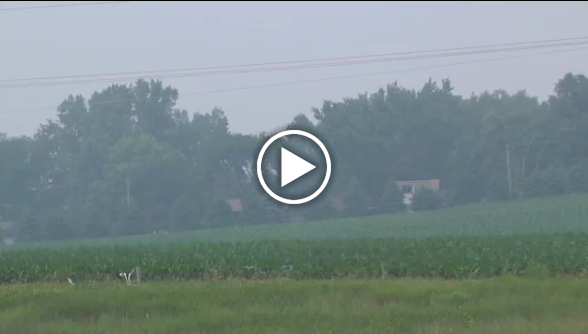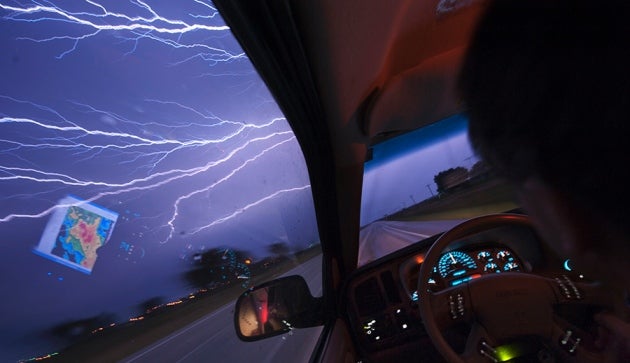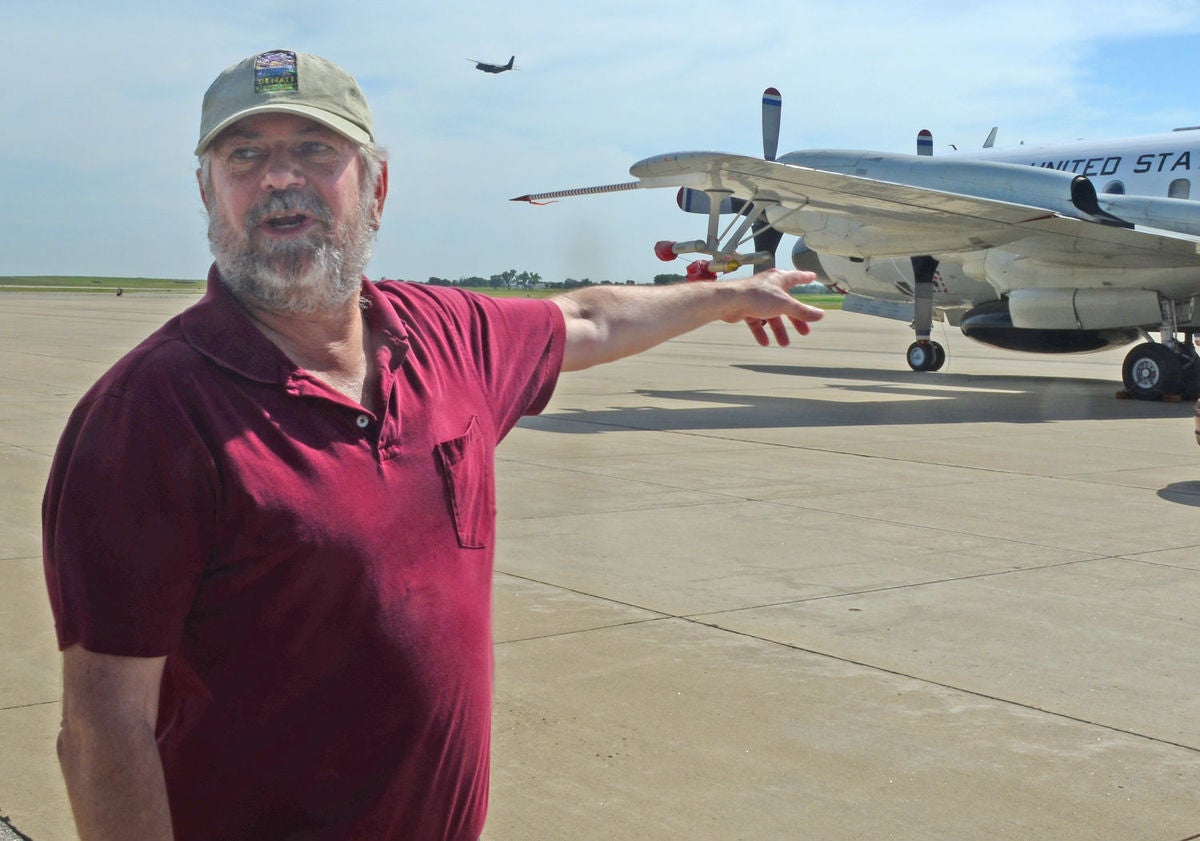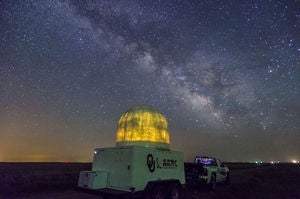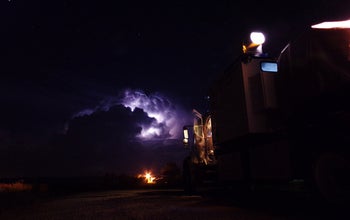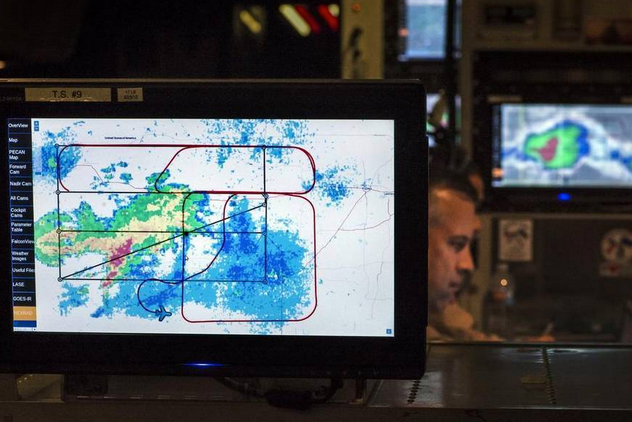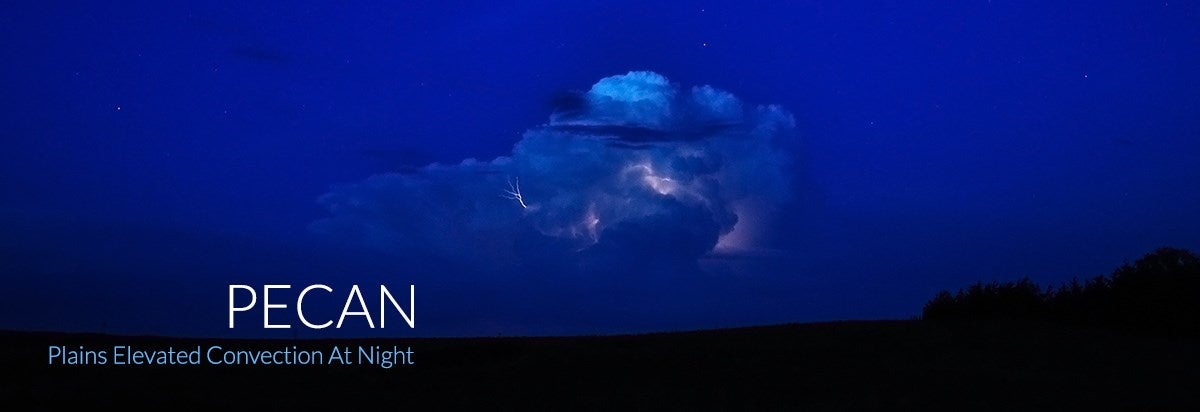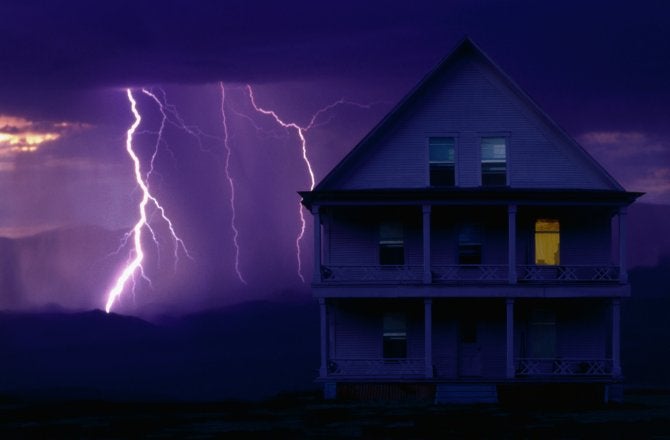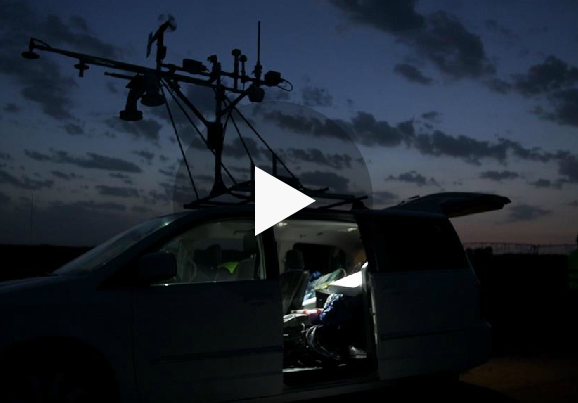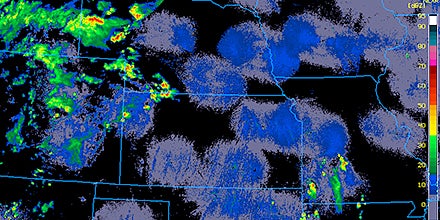Extreme Storm Forecasts Fine-tuned using Simulation, Data Science
Scientific Computing | 5 April 2016
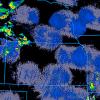 The Midwestern plains of the U.S. are known for their dramatic storms: tornadoes, hail, thunderstorms. But one storm feature has mystified researchers: why does their frequency seem to peak at night?
The Midwestern plains of the U.S. are known for their dramatic storms: tornadoes, hail, thunderstorms. But one storm feature has mystified researchers: why does their frequency seem to peak at night?
» Read more
Chasing Nighttime Thunderstorms, Trying to Crack Their Mysteries
National Geographic | 29 July 2015
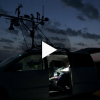 Nighttime thunderstorms can be more unpredictable than hurricanes. And they can be just as fierce, unleashing flash floods, violent winds, and thousands of lightning flashes within minutes. The storms often stretch across entire states and have caused billions of dollars in damage and killed hundreds of people in the United States in recent decades. They've wreaked similar havoc in southeast Asia, northern Australia, and sub-Saharan Africa.
Nighttime thunderstorms can be more unpredictable than hurricanes. And they can be just as fierce, unleashing flash floods, violent winds, and thousands of lightning flashes within minutes. The storms often stretch across entire states and have caused billions of dollars in damage and killed hundreds of people in the United States in recent decades. They've wreaked similar havoc in southeast Asia, northern Australia, and sub-Saharan Africa.
» Read more
Night thunderstorms: Top things to know
EarthSky | 27 July 2015
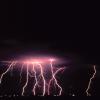 A team of atmospheric scientists are studying thunderstorms that strike at night as part of the Plains Elevated Convection at Night (PECAN) project. According to the researchers, a substantial fraction of the total precipitation in severe weather events can be attributed to these nighttime events.
A team of atmospheric scientists are studying thunderstorms that strike at night as part of the Plains Elevated Convection at Night (PECAN) project. According to the researchers, a substantial fraction of the total precipitation in severe weather events can be attributed to these nighttime events.
»Read more
Why Can't We Forecast Night Thunderstorms Better?
Discovery News | 24 July 2015
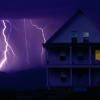 If you live in the middle of the country, you've probably woken to booming thunder and flashing lightning at least once this summer. If it seems like thunderstorms happen more at night, it's because they do.
If you live in the middle of the country, you've probably woken to booming thunder and flashing lightning at least once this summer. If it seems like thunderstorms happen more at night, it's because they do.
» Read more
PECAN...What's this all about?
KTBS Channel 3 | 22 July 2015
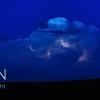 Scientists from NOAA, the National Science Foundation, NASA and the Department of Energy just wrapped up a study called Plains Elevated Convection at Night. PECAN for short. They studied what makes night-time thunderstorms tick. Normally, storms during the day pop up due to afternoon heating....which makes them stronger and sometimes severe.
Scientists from NOAA, the National Science Foundation, NASA and the Department of Energy just wrapped up a study called Plains Elevated Convection at Night. PECAN for short. They studied what makes night-time thunderstorms tick. Normally, storms during the day pop up due to afternoon heating....which makes them stronger and sometimes severe.
» Read more
Ten things to know about thunderstorms that strike at night
National Science Foundation | 22 July 2015
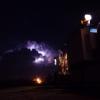 Thunderstorms that strike by night are a mysterious phenomenon. Scientists are burning the midnight oil this summer in search of some answers. What they find as part of the project--called Plains Elevated Convection at Night (PECAN)--may ultimately help improve forecasts of these sometimes damaging storms.
Thunderstorms that strike by night are a mysterious phenomenon. Scientists are burning the midnight oil this summer in search of some answers. What they find as part of the project--called Plains Elevated Convection at Night (PECAN)--may ultimately help improve forecasts of these sometimes damaging storms.
» Read more
Photo gallery: NASA scientists study nighttime thunderstorms
The Kansas City Star | 22 July 2015
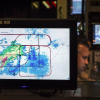 NASA scientists spent between June 1 and July 15 flying above sections of Kansas, Nebraska, Oklahoma and Texas on a modified DC-8 jetliner collecting data before and during nighttime thunderstorms to learn more about how they form, how they become severe and how to predict them more accurately.
NASA scientists spent between June 1 and July 15 flying above sections of Kansas, Nebraska, Oklahoma and Texas on a modified DC-8 jetliner collecting data before and during nighttime thunderstorms to learn more about how they form, how they become severe and how to predict them more accurately.
» Read more
Pampa: a research hub last week
The Pampa News | 18 July 2015
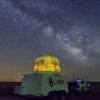 You may have wondered what in the world all those vehicles with funky instruments on them were doing in Pampa on Wednesday and Thursday of last week. They were part of a multi-million dollar research project called Plains Elevated Convection at Night. In lamens terms, they were researching nighttime thunderstorms and how they develop, specifically in the Midwest and Plains regions.
You may have wondered what in the world all those vehicles with funky instruments on them were doing in Pampa on Wednesday and Thursday of last week. They were part of a multi-million dollar research project called Plains Elevated Convection at Night. In lamens terms, they were researching nighttime thunderstorms and how they develop, specifically in the Midwest and Plains regions.
» Read more
NASA plane takes to Kansas skies to study nighttime thunderstorms
Salina Journal | 12 July 2015
 They only come out at night. Summer thunderstorms in Kansas and along the Great Plains, that is. It has been a tantalizing mystery why certain parts of the Midwest, unlike most of the rest of the U.S., have summer storms that form most commonly after sunset.
They only come out at night. Summer thunderstorms in Kansas and along the Great Plains, that is. It has been a tantalizing mystery why certain parts of the Midwest, unlike most of the rest of the U.S., have summer storms that form most commonly after sunset.
» Read more
Night-time storm chasers stalk their prey on US Plains
Nature | 7 July 2015
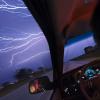 Sheets of rain pummel the Illinois country-side as Jacey Wipf and Kyle Morganti haul a 60-kilogram weather station out of their pick-up truck. They rotate the metal cylinder on the roadside gravel, level it and step back to photograph its surroundings. Then they dash for the safety of their truck as bolts of lightning strike uncomfortably close, illuminating the pitch-black June night.
Sheets of rain pummel the Illinois country-side as Jacey Wipf and Kyle Morganti haul a 60-kilogram weather station out of their pick-up truck. They rotate the metal cylinder on the roadside gravel, level it and step back to photograph its surroundings. Then they dash for the safety of their truck as bolts of lightning strike uncomfortably close, illuminating the pitch-black June night.
» Read more
Researchers Work Could Help With Forecasting Overnight Storms
Keloland.com | 6 July 2015
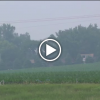 While storms may have woken you up Sunday night, people were hard at work studying them. It was another rude awakening for many in southeast KELOLAND Sunday night as storms rolled through during the overnight hours. But it was good news for a group of researchers in KELOLAND looking for nighttime storms.
While storms may have woken you up Sunday night, people were hard at work studying them. It was another rude awakening for many in southeast KELOLAND Sunday night as storms rolled through during the overnight hours. But it was good news for a group of researchers in KELOLAND looking for nighttime storms.
» Read more & watch video
NASA takes to Kansas skies to study nighttime thunderstorms
Phys.org | 2 July 2015
 NASA has joined a multi-agency field campaign studying summer storm systems in the U.S. Great Plains to find out why they often form after the sun goes down instead of during the heat of the day. The Plains Elevated Convection at Night, or PECAN, project began June 1 and continues through mid-July. Participants from eight research laboratories and 14 universities are collecting storm data to find out how and why storms form.
NASA has joined a multi-agency field campaign studying summer storm systems in the U.S. Great Plains to find out why they often form after the sun goes down instead of during the heat of the day. The Plains Elevated Convection at Night, or PECAN, project began June 1 and continues through mid-July. Participants from eight research laboratories and 14 universities are collecting storm data to find out how and why storms form.
» Read more
PECAN: Closest Look Yet at Nighttime Storms That Pummel Midwest
Weather Underground | 26 June 2015
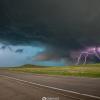 In most parts of the country, summer thunderstorms are most common in the afternoon or evening. Things are a bit different from the eastern Great Plains into the western Great Lakes. Across this core swath of the Midwest, lightning is most likely to zigzag across the summer sky during the wee hours of the morning. Along with disrupting countless nights of sleep, these middle-of-the-night thunderstorms are renowned for torrential rain, large hail, and destructive wind.
In most parts of the country, summer thunderstorms are most common in the afternoon or evening. Things are a bit different from the eastern Great Plains into the western Great Lakes. Across this core swath of the Midwest, lightning is most likely to zigzag across the summer sky during the wee hours of the morning. Along with disrupting countless nights of sleep, these middle-of-the-night thunderstorms are renowned for torrential rain, large hail, and destructive wind.
» Read more
Researchers studying late-night storm burst in Topeka, Plains
The Topeka Capital Journal | 26 June 2015
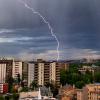 Topeka wasn’t in danger of a tornado overnight Thursday, but storm researchers still hoped to get data that might save lives in the future. The National Oceanic and Atmospheric Administration, the National Weather Center at the University of Oklahoma and 13 other universities are studying nighttime storms over the Great Plains and have been following them through Kansas, Oklahoma, Nebraska and Iowa since June 1, said Kari Roop, spokeswoman for the National Weather Center.
Topeka wasn’t in danger of a tornado overnight Thursday, but storm researchers still hoped to get data that might save lives in the future. The National Oceanic and Atmospheric Administration, the National Weather Center at the University of Oklahoma and 13 other universities are studying nighttime storms over the Great Plains and have been following them through Kansas, Oklahoma, Nebraska and Iowa since June 1, said Kari Roop, spokeswoman for the National Weather Center.
» Read more
Scientists look to unlock mysteries of nighttime thunderstorms
USA Today | 25 June 2015
 Violent nighttime thunderstorms have sent generations of terrified children scurrying into their parents' beds over the booming sounds of thunder and brilliant flashes of lightning. Now, for the first time, dozens of scientists are fanning out across the central USA this summer to unlock the mysteries of how these nocturnal storms form and improve forecasts for when they might strike.
Violent nighttime thunderstorms have sent generations of terrified children scurrying into their parents' beds over the booming sounds of thunder and brilliant flashes of lightning. Now, for the first time, dozens of scientists are fanning out across the central USA this summer to unlock the mysteries of how these nocturnal storms form and improve forecasts for when they might strike.
» Read more
Life in the PECAN Operations Center
ARM Field Notes | 12 June 2015
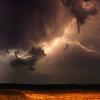 I have spent the first week of PECAN in the operations center serving as the coordinator of the fleet of mobile vehicles that provide remotely sensed profiles of temperature, humidity, and winds. Here is an excerpt of a typical day’s work… To set the stage: PECAN has four different but related scientific foci, and each of these foci will help us better understand nighttime convective storms over the central plains.
I have spent the first week of PECAN in the operations center serving as the coordinator of the fleet of mobile vehicles that provide remotely sensed profiles of temperature, humidity, and winds. Here is an excerpt of a typical day’s work… To set the stage: PECAN has four different but related scientific foci, and each of these foci will help us better understand nighttime convective storms over the central plains.
» Read more
Unraveling the mysteries of nighttime thunderstorms in the Plains
The Washington Post | 12 June 2015
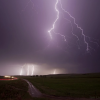 When it comes to storms in the Plains, tornadoes attract most of the attention. However, it’s the nocturnal smattering of storms that cluster and congeal into complexes known as mesoscale convective systems (MCS) that serve as a life source for the region.
When it comes to storms in the Plains, tornadoes attract most of the attention. However, it’s the nocturnal smattering of storms that cluster and congeal into complexes known as mesoscale convective systems (MCS) that serve as a life source for the region.
» Read more
Mesoscale Convective Systems: Why Thunderstorm Clusters Are Both Important and Dangerous
The Weather Channel | 12 June 2015
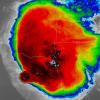 Thunderstorms can be hazardous enough. Sometimes they combine into a large cluster spread over multiple states. Known as mesoscale convective systems (MCS), these thunderstorm clusters are smaller than low-pressure systems with cold and warm fronts, but larger in scale than any single thunderstorm.
Thunderstorms can be hazardous enough. Sometimes they combine into a large cluster spread over multiple states. Known as mesoscale convective systems (MCS), these thunderstorm clusters are smaller than low-pressure systems with cold and warm fronts, but larger in scale than any single thunderstorm.
» Read more
Beta Test: Nighttime Thunderstorms A Mystery Colorado Scientist Hopes To Solve
Colorado Public Radio | 9 June 2015
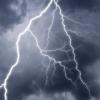 Nighttime thunderstorms out on the Great Plains have confounded scientists for a long time. Daytime thunderstorms form, in part, because the ground is heated by the sun, which, in turn, heats the air directly above it. As that warm air rises, it aids in storm formation. However, on the Plains, storms commonly form at nighttime -- without help from the sun -- and scientists want to figure out why. The PECAN campaign, which stands for Plains Elevated Convection at Night, will run through July 15.
Nighttime thunderstorms out on the Great Plains have confounded scientists for a long time. Daytime thunderstorms form, in part, because the ground is heated by the sun, which, in turn, heats the air directly above it. As that warm air rises, it aids in storm formation. However, on the Plains, storms commonly form at nighttime -- without help from the sun -- and scientists want to figure out why. The PECAN campaign, which stands for Plains Elevated Convection at Night, will run through July 15.
» Listen to the audio podcast
What Drives Nighttime Thunderstorms? NOAA And NCAR Hope To Find Out
KUNC Community Radio for Northern Colorado | 1 June 2015
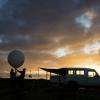 June is the start of outdoor recreation season for many Coloradans, and it also marks the start of the peak season for powerful storms and lightning. Colorado's infamous weather unpredictability can suddenly bring afternoon hikes, picnics or games to a quick end.
June is the start of outdoor recreation season for many Coloradans, and it also marks the start of the peak season for powerful storms and lightning. Colorado's infamous weather unpredictability can suddenly bring afternoon hikes, picnics or games to a quick end.
» Read more
An eye on the sky
The Hays Daily News | 30 May 2015
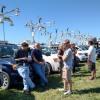 The weather in Kansas is particularly volatile in the summer, between intense thunderstorms, damaging winds and flooding rains. A study called PECAN, which stands for Plains Elevated Convection At Night, is being conducted out of Hays until July 15. The intensive project is designed to collect data before and during nighttime thunderstorms in the central Great Plains.
The weather in Kansas is particularly volatile in the summer, between intense thunderstorms, damaging winds and flooding rains. A study called PECAN, which stands for Plains Elevated Convection At Night, is being conducted out of Hays until July 15. The intensive project is designed to collect data before and during nighttime thunderstorms in the central Great Plains.
» Read more
Night storms focus of weather project
Salina Journal | 27 May 2015
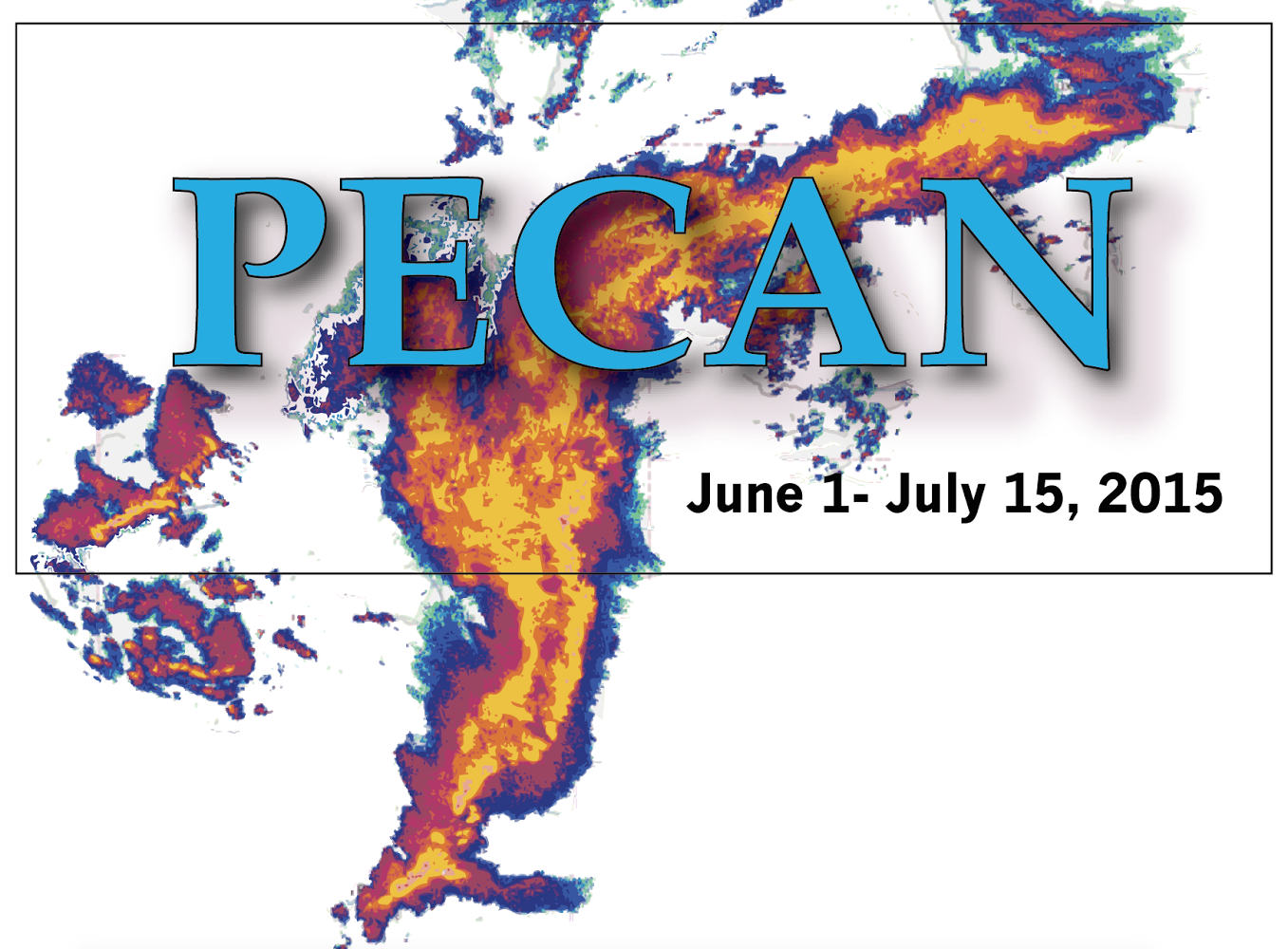 A major field study aimed to better understand nighttime thunderstorms will be showcased from 2 to 5 p.m. Saturday at Hays Regional Airport. Known at PECAN (Plains Elevated Convection at Night), the project will deploy more than 100 airborne and ground-based instruments across the Great Plains beginning Monday. The goal is to improve forecasts of sometimes-dangerous storms.
A major field study aimed to better understand nighttime thunderstorms will be showcased from 2 to 5 p.m. Saturday at Hays Regional Airport. Known at PECAN (Plains Elevated Convection at Night), the project will deploy more than 100 airborne and ground-based instruments across the Great Plains beginning Monday. The goal is to improve forecasts of sometimes-dangerous storms.
» Read more
Nighttime storms are the focus of Hays-based weather study
Hays Post | 27 May 2015
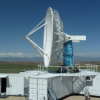 Those summertime thunderstorms that pop up at night in the Great Plains are the focus of a large weather experiment that will be centered in Ellis County. A group of government agencies, according to Karen Kosiba, atmospheric scientist with the Center for Severe Weather Research, will be collecting data during nighttime storms in an effort to learn how they form, why they become severe and how to better predict them.
Those summertime thunderstorms that pop up at night in the Great Plains are the focus of a large weather experiment that will be centered in Ellis County. A group of government agencies, according to Karen Kosiba, atmospheric scientist with the Center for Severe Weather Research, will be collecting data during nighttime storms in an effort to learn how they form, why they become severe and how to better predict them.
» Read more
If the heat of the sun generates thunderstorms, why do they happen at night?
The News Hub | 27 May 2015
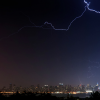 At any one time, all around the world, there are over 2,000 thunderstorms occurring. 100 lightning strikes hit the Earth every second, 8 million bolts scorch the surface each and every day. These storms are a naturally occurring phenomena which draw awe and wonder, elicit fear and anxiety, and have their own dedicated 'storm-chasing' following. But how they are formed, especially during the nocturnal hours, is still something of a mystery.
At any one time, all around the world, there are over 2,000 thunderstorms occurring. 100 lightning strikes hit the Earth every second, 8 million bolts scorch the surface each and every day. These storms are a naturally occurring phenomena which draw awe and wonder, elicit fear and anxiety, and have their own dedicated 'storm-chasing' following. But how they are formed, especially during the nocturnal hours, is still something of a mystery.
» Read more
Up all night, sleep all day: That's how UAH will study storms in national project
AL.com | 27 May 2015
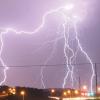 A group from Huntsville is leaving town on Thursday for six weeks and hoping for nothing but bad weather each and every day. The group is from the atmospheric science department at the University of Alabama in Huntsville. And as one of the nation's premiere weather research institutions, the school is one of 14 universities participating in a six-week study of nighttime thunderstorms in the Great Plains.
A group from Huntsville is leaving town on Thursday for six weeks and hoping for nothing but bad weather each and every day. The group is from the atmospheric science department at the University of Alabama in Huntsville. And as one of the nation's premiere weather research institutions, the school is one of 14 universities participating in a six-week study of nighttime thunderstorms in the Great Plains.
» Read more
UAH team to study nighttime storms
Fox 6 WBRC | 26 May 2015
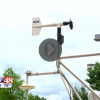 Some UAH students are gearing up for a trip to learn about nighttime storms. A team of 18 students and scientists from UAH will head to Kansas for the Plains Elevated Convection at Night program. The group is set to leave Thursday. They will spend six weeks studying nighttime storms and related weather events.
Some UAH students are gearing up for a trip to learn about nighttime storms. A team of 18 students and scientists from UAH will head to Kansas for the Plains Elevated Convection at Night program. The group is set to leave Thursday. They will spend six weeks studying nighttime storms and related weather events.
» Read more
UAH scientists to join study of thunderstorms at night
WHNT 19 News | 26 May 2015
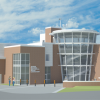 The why and how of thunderstorms that pop up at night are largely mysteries. That’s why a team of 18 scientists and students from The University of Alabama in Huntsville (UAH) will spend the next six weeks in Kansas in the Plains Elevated Convection At Night (PECAN) program, a research campaign to study nighttime storms and related weather events across parts of four western states.
The why and how of thunderstorms that pop up at night are largely mysteries. That’s why a team of 18 scientists and students from The University of Alabama in Huntsville (UAH) will spend the next six weeks in Kansas in the Plains Elevated Convection At Night (PECAN) program, a research campaign to study nighttime storms and related weather events across parts of four western states.
» Read more
Sleepless on the Great Plains
ARM Climate Research Facility | 22 May 2015
 Twenty researchers and dozens of support staff will spend 25 sleepless nights on the ground and in the air this summer, using an array of sensing equipment to help them understand why the rain in the Great Plains falls mainly in the dark.
Twenty researchers and dozens of support staff will spend 25 sleepless nights on the ground and in the air this summer, using an array of sensing equipment to help them understand why the rain in the Great Plains falls mainly in the dark.
» Read more
Scientists to decode mystery of night-time thunderstorms
The Statesman | 21 May 2015
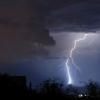 Armed with more than 100 scientific instruments, researchers from across North America are set to spend six weeks this summer probing night-time thunderstorms that mysteriously form without a prod from the sun's heat.
Armed with more than 100 scientific instruments, researchers from across North America are set to spend six weeks this summer probing night-time thunderstorms that mysteriously form without a prod from the sun's heat.
» Read more
SCIENTISTS TACKLE MYSTERY OF THUNDERSTORMS THAT STRIKE AT NIGHT
AtmosNews | 20 May 2015
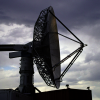 Thunderstorms that form at night, without a prod from the Sun's heat, are a mysterious phenomenon. This summer scientists will be staying up late in search of some answers. From June 1 through July 15, researchers from across North America will fan out each evening across the Great Plains, where storms are more common at night than during the day. The research effort, co-organized by the National Center for Atmospheric Research (NCAR) and several collaborating institutions, will use lab-equipped aircraft, ground-based instruments, and weather balloons to better understand the atmospheric conditions that lead to storm formation and evolution after sunset.
Thunderstorms that form at night, without a prod from the Sun's heat, are a mysterious phenomenon. This summer scientists will be staying up late in search of some answers. From June 1 through July 15, researchers from across North America will fan out each evening across the Great Plains, where storms are more common at night than during the day. The research effort, co-organized by the National Center for Atmospheric Research (NCAR) and several collaborating institutions, will use lab-equipped aircraft, ground-based instruments, and weather balloons to better understand the atmospheric conditions that lead to storm formation and evolution after sunset.
» Read more
ARM Support for the Plains Elevated Convection at Night Experiment
ARM Climate Research Facility | 20 May 2015
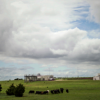 In the Great Plains of the United States, most of the rain happens at night. Better understanding the various atmospheric processes that cause this weather phenomenon would significantly improve climate and weather models. During June and July of 2015, the Atmospheric Radiation Measurement (ARM) Climate Research Facility will provide an array of instrumentation and its largest research site to support a multi-agency effort, known as the Plains Elevated Convection at Night (PECAN), to collect data that will be used in climate prediction studies worldwide.
In the Great Plains of the United States, most of the rain happens at night. Better understanding the various atmospheric processes that cause this weather phenomenon would significantly improve climate and weather models. During June and July of 2015, the Atmospheric Radiation Measurement (ARM) Climate Research Facility will provide an array of instrumentation and its largest research site to support a multi-agency effort, known as the Plains Elevated Convection at Night (PECAN), to collect data that will be used in climate prediction studies worldwide.
» Read more
NOAA scientists tackle mystery of nighttime thunderstorms
NOAA | 20 May 2015
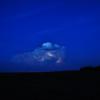 This summer, more than 20 NOAA scientists will stay up late to learn why some thunderstorms form and grow at night, without the energy from the sun's heat. They will be participating in the Plains Elevated Convection At Night (PECAN), a large, intensive field campaign to collect data before and during nighttime thunderstorms in the western Great Plains from June 1 to July 15.
This summer, more than 20 NOAA scientists will stay up late to learn why some thunderstorms form and grow at night, without the energy from the sun's heat. They will be participating in the Plains Elevated Convection At Night (PECAN), a large, intensive field campaign to collect data before and during nighttime thunderstorms in the western Great Plains from June 1 to July 15.
» Read more
Nighttime Thunderstorm Project Coming to Kansas
KRSL Radio | 13 May 2015
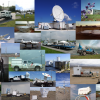 On June 1, more than 100 researchers from across the country will be converging on the Great Plains to chase and study severe thunderstorm complexes called Mesoscale Convective Systems, which cause floods, damaging winds and hail after dark.
On June 1, more than 100 researchers from across the country will be converging on the Great Plains to chase and study severe thunderstorm complexes called Mesoscale Convective Systems, which cause floods, damaging winds and hail after dark.
» Read more
PECAN in a Nutshell
High Plains Public Radio | 16 April 2015
 If you’ve spent any time in Southern United States, then one would expect you to be very well acquainted with the Pecan. However this rendition may be something completely new to you. The Plains Elevated Convection at Night, aka PECAN is a study aimed at understanding severe thunderstorms at night over the High Plains.
If you’ve spent any time in Southern United States, then one would expect you to be very well acquainted with the Pecan. However this rendition may be something completely new to you. The Plains Elevated Convection at Night, aka PECAN is a study aimed at understanding severe thunderstorms at night over the High Plains.
» Read more
UW Researchers Secure NSF Grant to Research Night Storm Behavior
University of Wyoming News | 17 December 2014
 Bart Geerts, a UW professor in the Department of Atmospheric Science, will lead the Plains Elevated Convection at Night (PECAN) project that involves 14 universities and eight research labs across the country and internationally. Zhien Wang, a UW professor of atmospheric science and the Templeton Faculty Fellow, and Tom Parish, a UW professor and department head of atmospheric science, will serve as co-principal investigators of the research project.
Bart Geerts, a UW professor in the Department of Atmospheric Science, will lead the Plains Elevated Convection at Night (PECAN) project that involves 14 universities and eight research labs across the country and internationally. Zhien Wang, a UW professor of atmospheric science and the Templeton Faculty Fellow, and Tom Parish, a UW professor and department head of atmospheric science, will serve as co-principal investigators of the research project.
» Read more

